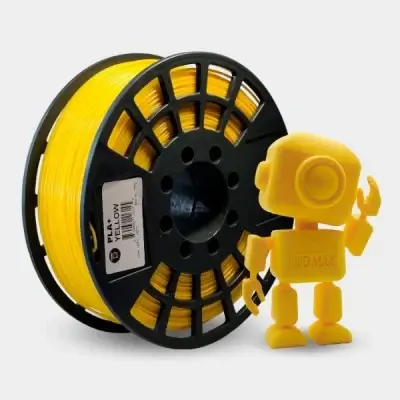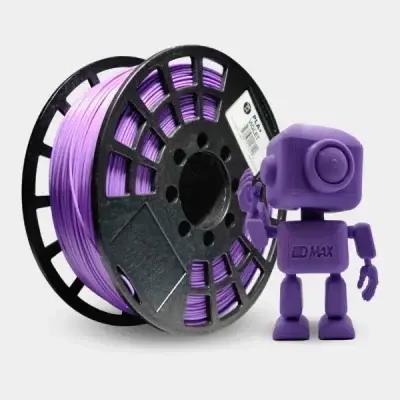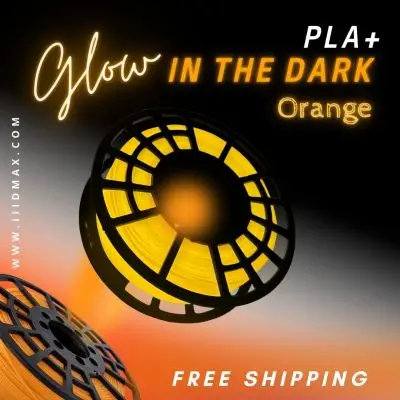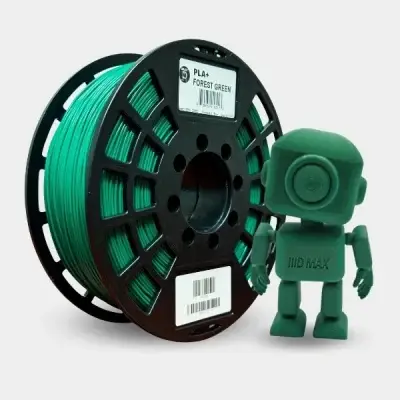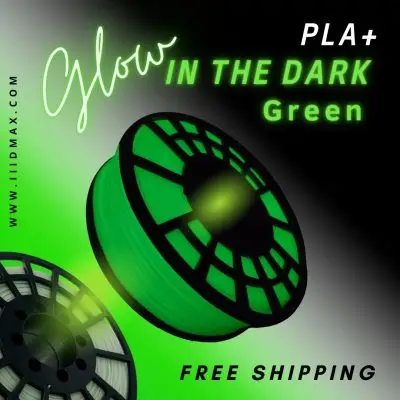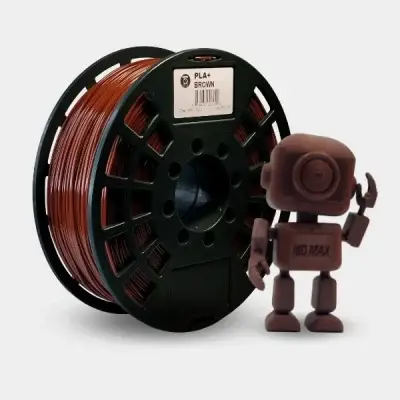PLA filament, derived from renewable resources like corn starch or sugarcane, is biodegradable and environmentally friendly. Its low warping characteristic and sweet aroma during printing distinguishes it from other 3D printing materials. Suitable for a wide range of applications, PLA is ideal for beginners to professionals due to its ease of use and good print quality, despite being less durable than materials like ABS when exposed to high temperatures or outdoor conditions.
PETG (Polyethylene Terephthalate Glycol) is a widely utilized thermoplastic in 3D printing, known for blending the ease of use of PLA with the strength of ABS. Enhanced by glycol, PETG offers improved durability, flexibility, and chemical resistance compared to its counterpart, PET. Its unique properties include being less brittle, clearer, and printing more easily than PET, making it suitable for various applications. PETG is recognized for its high impact resistance, good thermal stability, and food safety, although it is not biodegradable. Despite its advantages, PETG does have limitations, such as sensitivity to moisture and requiring careful storage in cool, dry environments. It’s a versatile material ideal for functional parts, prototyping, and products in contact with food, thanks to its FDA compliance for food safety.

